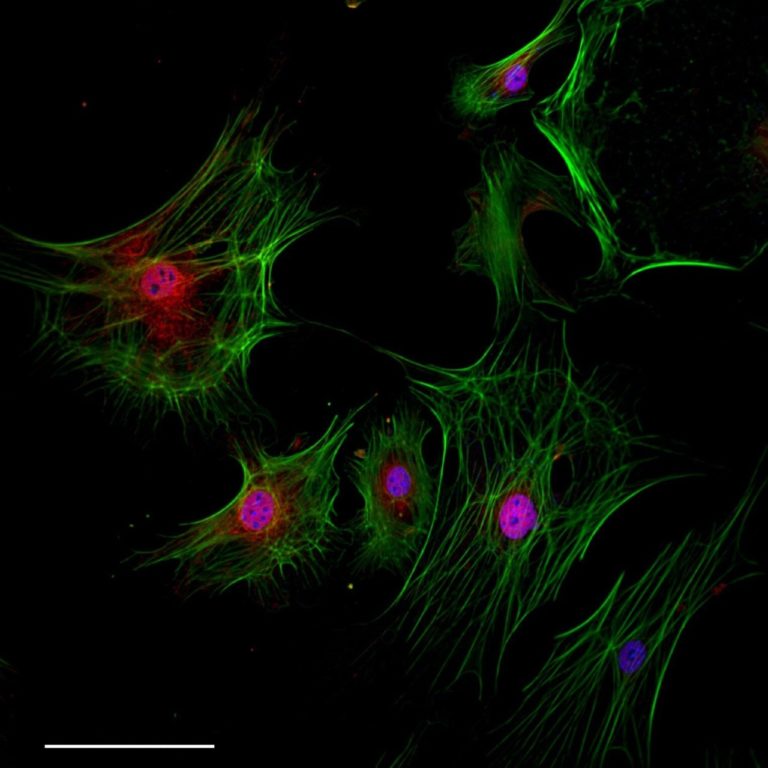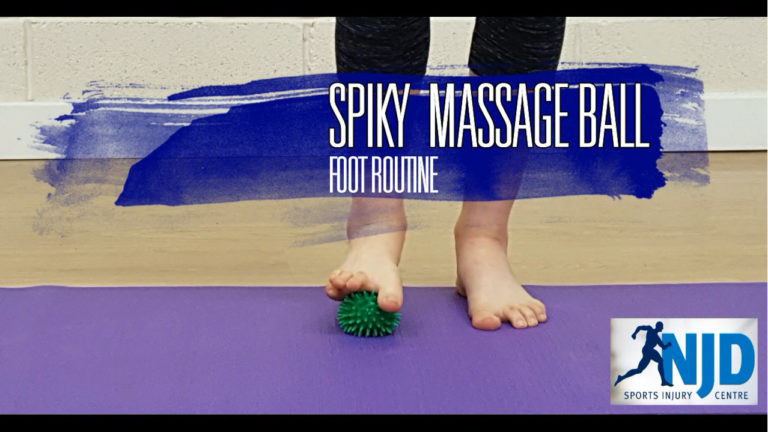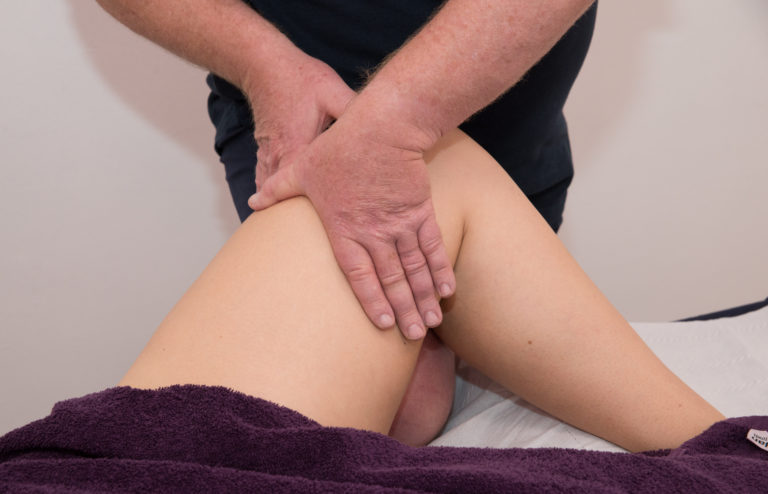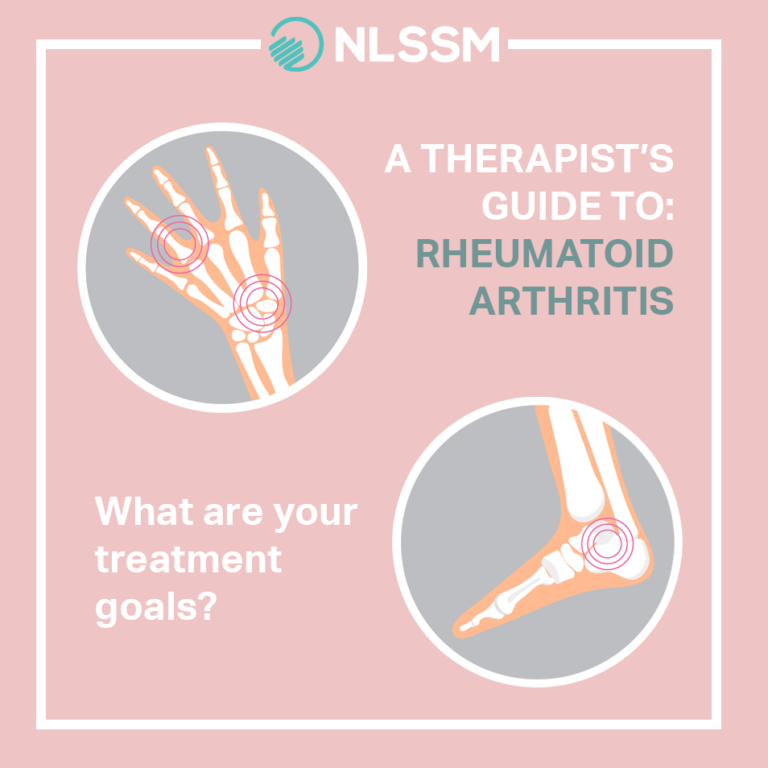“Between stimulus and response there is a space. In that space is our power to choose our response. In our response lies our growth and freedom.” —Viktor Frankl
This quote appeared in Brene Brown’s feeds this week and it got me thinking, along with the stories I’ve been seeing around Mental Health Awareness week.
In the Flexible Healing clinic, we see a lot of patients who are dealing with long-term pain. Of course, as a physio I get stuck in and start working around the physical problem. But I’ve found it helps to discuss a mental coaching step with them too.
For all of us, long-term pain can be really, really hard. You can feel lonely with it. The consistency of it can feel too much, making you think you can’t cope.
When I encounter people with long term pain, I ask – what do you do when the pain comes? What is your first instinct?
It’s a tough question. Because for all of us, the instinctive response is to feel distress and fear. “What do you mean, what do I do?” they say. It seems a silly question – there is nothing to do but experience the pain, surely?
I then ask: next time this happens, can you create space instead?
As Frankl says, between stimulus and response there is space. And sometimes we forget that when the stimulus is simply too consuming. So I ask: “Can you create space for yourself? To choose how you’re going to respond, and not respond from a place of complete fear?”
In this space there exists a certain kind of freedom, where you can choose to move away from the distress and fear and instead experience something else.
I’m not saying this is easy. I know it’s hard. I had the good fortune to be told about this and started to practice it in my own life through NLP training.
A way to start is to ask yourself when you pause in that space: what would help me right now? Would a shower change your state? A walk outside? Think about what works for you, and if all else fails, try something research tells us helps. In Deb Dana’s book The Polyvagal Nerve in Therapy, she explains how it’s been proven that something as simple as looking at moving water has a proven calming effect on the nervous system.
Find whatever works for you to break state.
Then I advise patients to check, check, before they make a decision based on how they’re feeling when the pain rears. Is this your decision, or the pain’s? Can I wait to make it until I’m feeling better?
Sometimes when the practice is overwhelming, therapists need to do this too. So it’s not just for patients; I tell every therapist I teach in workshops to check check too!
Whilst I’m not trying to say it’s a choice to have fear or distress when it comes to pain or mental health, I believe that we have the power to claim back space from the difficulties we experience.
Whether you’re a patient in long-term pain or a therapist with a busy workload, I hope and believe this can help you on your way through our crazy little world.
Happy Mental Health Awareness Week – Sue.
Not joined up yet?
There’s plenty of reasons to join the LCSP Register
Insurance Partners
Our dedicated team can tailor individual policies to suit your specific needs
Workshops
Keep your skills up to date with CPD Workshops and courses
Business Support
Advice tailored to working in the private sector
Find a Therapist
Our directory of therapists searchable by the general public
Welfare Officer
Supporting members who may have situations of difficulty where they need assistance, guidance or reassurance.






